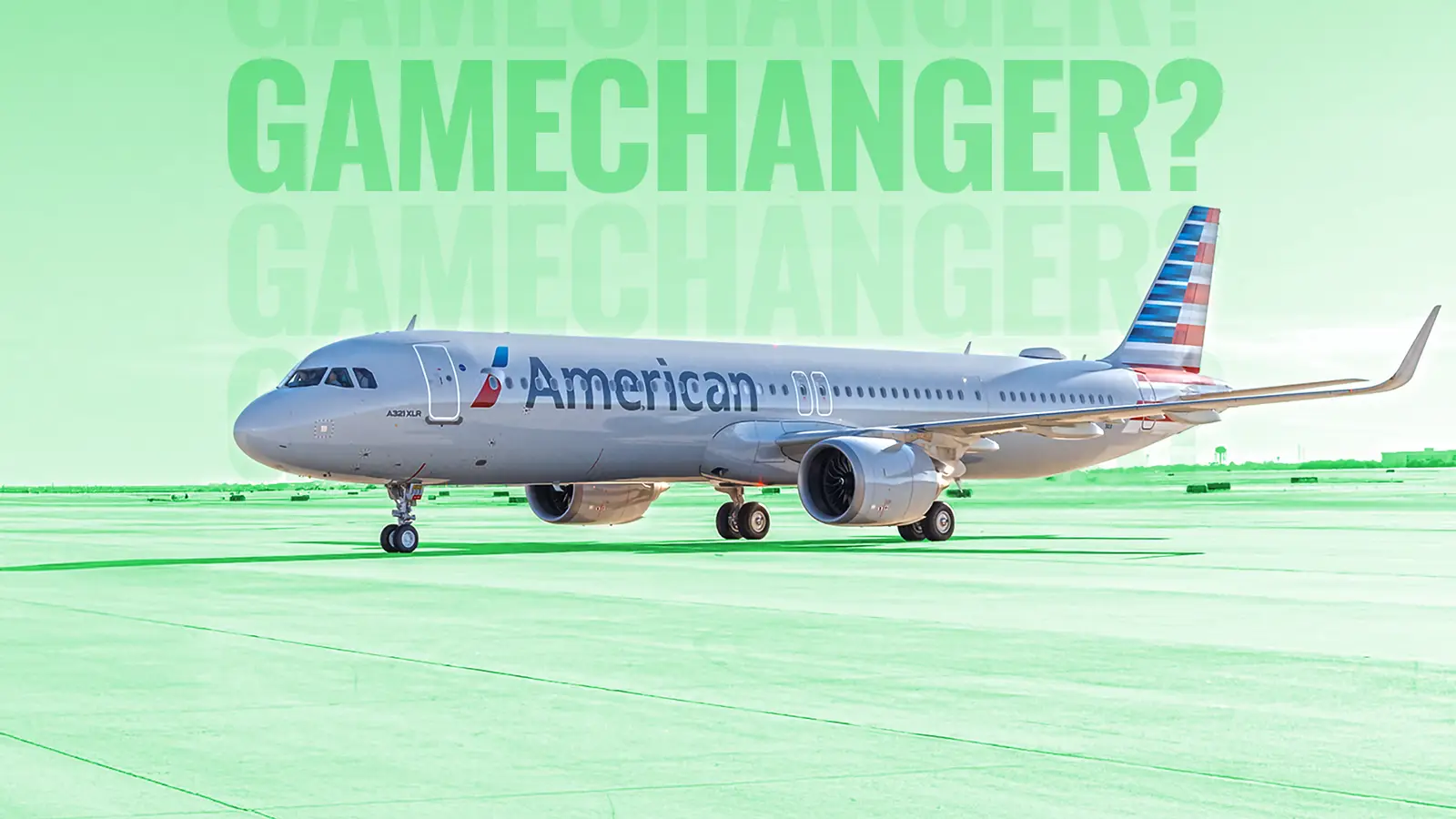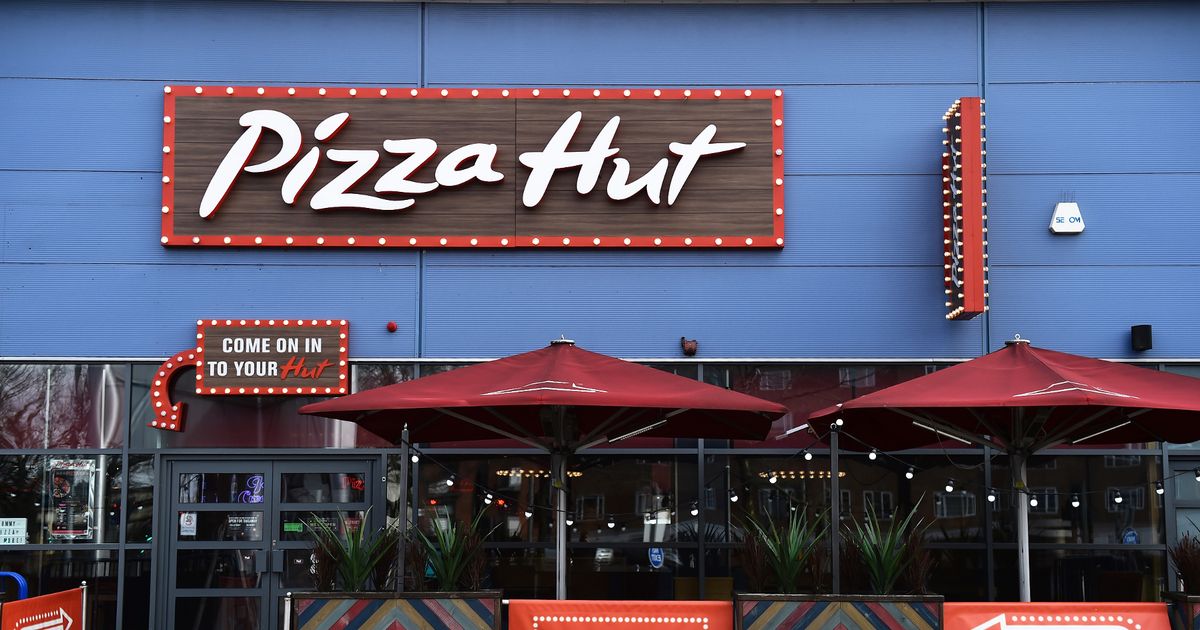Copyright Simple Flying

The Airbus A321XLR is the latest and greatest creation from Airbus. It's a new long-range variant of the Airbus A321neo, the most successful jetliner variant of all time. It entered service with Iberia in November 2024, and it's received over 500 orders since the program was launched in 2019, which isn't a ground-breaking number but is excellent for a relatively cheap and simple derivative like this. The main selling point of the A321XLR is its range. At 4,700 NM (8,700 km), this is the longest range narrowbody on sale, and it's meant to be the true replacement for the aging Boeing 757-200, an inefficient large narrowbody that's found a niche flying across the Atlantic due to its incredible range. The A321XLR promises to beat the 757-200 in range while doing it far more efficiently. Here's why the Airbus A321XLR will reshape long-haul flying. Overview Of The Airbus A321XLR The Airbus A321XLR is a derivative of the Airbus A321neo, itself the successor to the Airbus A321-200. This is the second long-range version of the A321neo, with the first being the A321LR, but the two variants achieve their range in different ways. The A321LR debuted the 97T Maximum Takeoff Weight (MTOW) option that is also available on the standard A321neo, and it comes with three auxiliary fuel tanks. Otherwise, it is identical to the A321neo. In contrast, the A321XLR is a more thorough overhaul of the airframe. The MTOW has been bumped to 101T, which required structural strengthening of the airframe. The aircraft features a new single-slotted design for its inner flaps, as opposed to the double-slotted design on the rest of the A321 lineup. Additionally, it features a new permanent Rear Center Tank (RCT), which holds more fuel while also taking up less space than an auxiliary fuel tank. The A321LR was more of a cheap stopgap solution for Airbus to offer buyers who wanted a longer-ranged A321neo while it evaluated the viability of the A321XLR program. Customers can still buy the A321LR, but the A321XLR offers greater range and a higher payload, while the A321LR essentially trades payload for range compared to a 97T A321neo. In fact, some customers, such as Qantas, ordered the A321XLR specifically for its payload capabilities rather than simply for its range. Why The A321XLR Will Be Groundbreaking On November 14, 2024, Iberia performed the first-ever long-distance flight with the Airbus A321XLR from Madrid to Boston. This route was previously operated by the Airbus A330, an enormous widebody that was difficult to fill in the winter months, especially because Boston is not a oneworld hub. The A321XLR will enable year-round daily flights, and rather than move to the A330 during the summer months, Iberia will instead fly two daily A321XLRs. The A321XLR is primarily aimed at the transatlantic market between Europe and North America, where most Boeing 757-200s fly today. This market is highly seasonal, with significant capacity cuts during the winter. The A321XLR, with its smaller size, will permit daily operations even during the winter months. Additionally, business travelers prefer multiple scheduling options, and flying multiple A321XLRs rather than a single Airbus A330 or Boeing 777 will yield higher revenue. Of course, the real flashiness of the Airbus A321XLR is that its smaller size and low fuel burn will enable service to destinations with lower demand. American Airlines has announced that its first long-haul route with the jet will be from New York-JFK to Edinburgh. Aer Lingus is using the A321XLR to serve Nashville, Minneapolis, and Indianapolis from Dublin, while Icelandair plans to use the A321XLR to replace its Boeing 757-200 and 767-300ER fleets. Major Customers For The A321XLR American Airlines and United Airlines have both ordered 50 A321XLRs for service to smaller European cities. For United, the type will primarily serve as a replacement for the 757-200, while American will use it to further grow its European network and sustain services year-round, with its future fleet also displacing its "A321T" subfleet used on transcontinental flights. In addition, Air Canada has 30 on order and JetBlue has 13 on order for a similar purpose. Whereas the 757s crossing the Atlantic today primarily fly for either United or Icelandair, the A321XLR has received orders from several European carriers. Of course, there's the type's current European operators, Aer Lingus and Iberia, both of which are part of IAG, but there's also Icelandair, which broke from Boeing to order the A321XLR as there was no Boeing equivalent in production. Then, there are prominent orders from Middle East Airlines and LATAM, and Qantas is already flying the jet. The A321XLR has also proven relatively popular with low-cost carriers. IndiGo is the largest customer for the aircraft, with 69 orders, and Wizz Air is the largest European customer for the A321XLR, with 47 orders. In addition, the A321XLR has received 14 orders from JetSmart, along with orders from notable Asian low-cost carriers Air Arabia, AirAsia X, and Cebu Pacific. Primarily, these airlines are focused on the A321XLR's payload-range capabilities. How The Boeing 757-200 Achieves Its Range The A321XLR and 757 are both used on long-distance flights across the Atlantic, as they boast some of the longest ranges of any modern narrowbody. However, while this is the purpose of the A321XLR, the 757 was never designed to cross oceans. Rather, it was intended as a straight replacement for the Boeing 727, a trijet airliner designed for short-haul operations similar in size to the Airbus A320-200 or Boeing 737-400. With the 757, Boeing decided to offer more seats with a lower operating cost than the 727. The 757-200 wasn't significantly longer than the 727-200, but its fuselage and cabin design were far more efficient, allowing the 757 to seat significantly more passengers. With two high-bypass turbofan engines, as opposed to three low-bypass engines, the 757 was also far more fuel-efficient. Airlines that wanted to downsize could order the similarly fuel-efficient Boeing 737 Classic (737-300/400/500). Additionally, Boeing wanted the 757 to have field performance equal to or better than that of the 727. As such, it was designed with enormous wings and exceptionally powerful engines, resulting in exceptional takeoff performance and excellent range. The A321XLR achieves its range through fuel efficiency and an innovative fuel tank design, while the Boeing 757-200 has incredible range due to its wings and its power. The Viability Of The Airbus A321XLR Delta Air Lines is the world's largest operator of the Boeing 757 today, and it's also a prominent customer for the A321neo. However, it does not have a single A321XLR on order. This is not due to a perceived inferiority of the A321XLR compared to the 757, but rather, because the Atlanta-based carrier believes that the concept of narrowbodies crossing oceans is fundamentally incompatible with its business model. In fact, it does not fly its 757s to a single European destination. No matter the size of an aircraft, there are some costs that remain largely equal. Every plane needs pilots, every plane needs flight attendants, and airlines pay for airport fees no matter the aircraft. Some of these costs decrease with a smaller aircraft, but as a whole, flying a smaller plane like the A321XLR means these fixed costs are spread out over fewer seats compared to a twin-aisle airliner, which worsens operating economics. In addition, most A321XLR flights across the Atlantic will require relief crews, and as the aircraft does not have the space for an integrated crew rest module, airlines have to block off seats, which further increases per-seat costs. While the A321XLR's customers have remained confident in the jet, it hasn't secured nearly as many orders as the standard A321neo. Additionally, many of the A321XLR's orders were conversions from the A321neo, rather than being new sales. Rundown Of The Airbus A321XLR The Airbus A321XLR was a relatively cheap program for Airbus, given that it's a derivative of the A321neo, and as such, Airbus doesn't need to sell the plane at high volumes. The A321XLR is ultimately a niche aircraft, and the truly groundbreaking aspect of the aircraft is that it will greatly expand that niche. It's not a revolutionary airliner like the Boeing 747, but rather it's filling a void left by the 757-200 going out of production. For the airlines that have ordered it, the A321XLR promises exciting new destinations while delivering exceptionally low fuel burn. It's not going to replace widebodies en masse, but it will prove to be a versatile aircraft for its operators, and A321XLRs will soon be a common sight across the Atlantic, connecting smaller spokes to hubs that previously couldn't support such flights.



